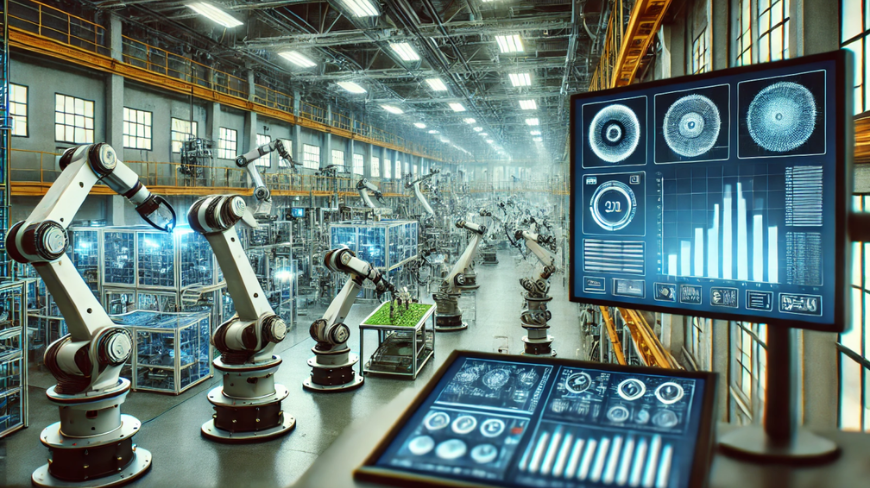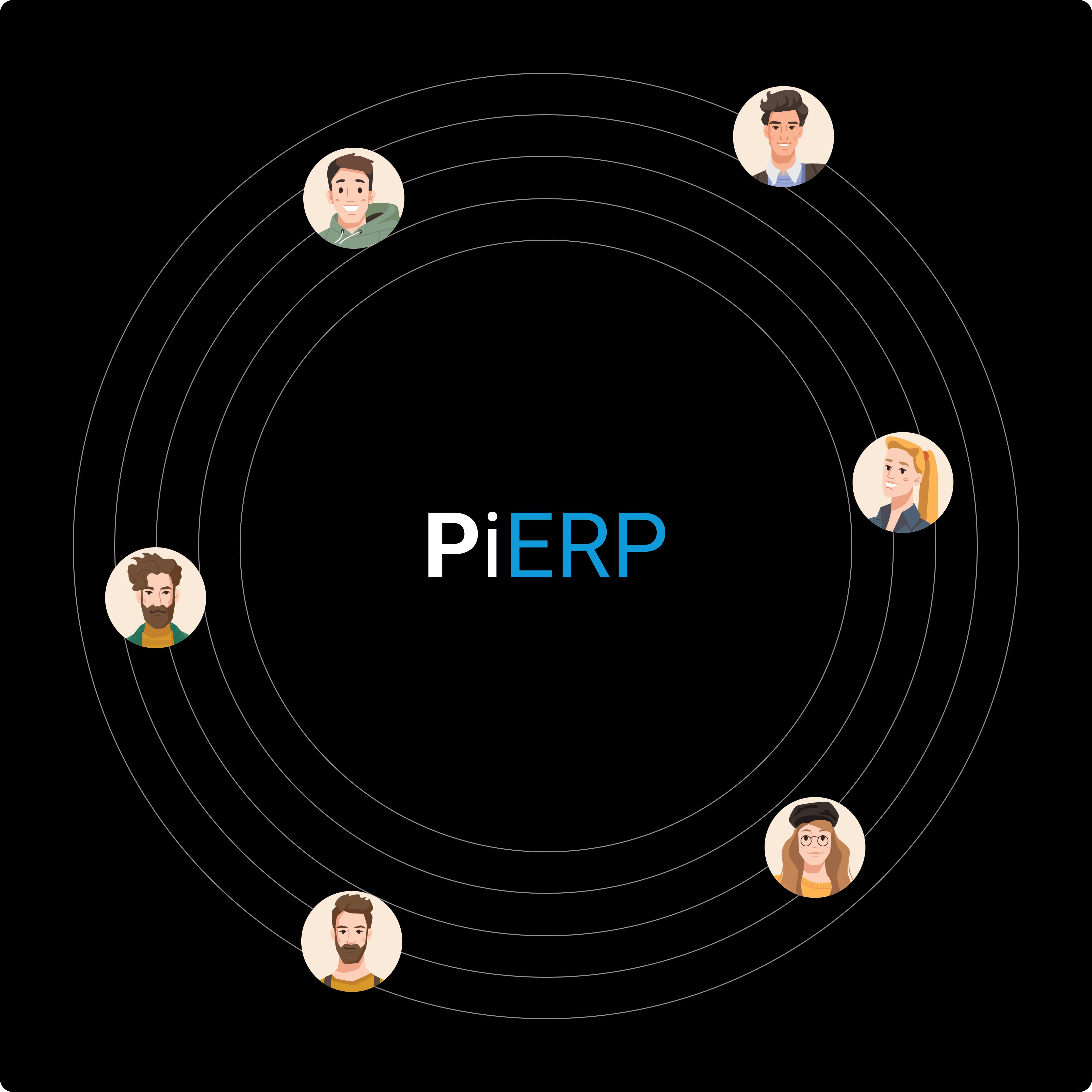In the fast-paced world of manufacturing, efficiency and precision are key to staying competitive. From managing production schedules to monitoring resource utilization, manufacturers face challenges that require smart, integrated solutions. PiERP, an advanced enterprise resource planning (ERP) platform, is transforming how manufacturers optimize their production processes.
This guide explores how PiERP empowers manufacturers to streamline operations, reduce costs, and achieve sustainable growth.
Why Manufacturing Needs an ERP Solution
Manufacturing involves complex processes that require coordination across multiple departments. Without an integrated system, businesses face issues such as:
- Inefficient Production Planning: Leading to overproduction or delays.
- High Operational Costs: Due to poor resource management and waste.
- Limited Visibility: Making it difficult to track progress and identify bottlenecks.
- Compliance Challenges: Ensuring adherence to industry standards and regulations.
PiERP addresses these challenges with a comprehensive suite of tools tailored for the manufacturing industry.
Key Features of PiERP for Production Optimization
1. Advanced Production Planning and Scheduling
PiERP’s production planning tools help manufacturers align resources, labor, and machinery with demand forecasts. This ensures optimal scheduling, minimizing idle time and maximizing productivity.
2. Real-time Inventory Management
Avoid stockouts or excess inventory with PiERP’s real-time tracking. The system monitors raw materials, work-in-progress items, and finished goods, enabling just-in-time inventory management.
3. Shop Floor Control
PiERP provides visibility into shop floor activities, tracking performance, and resource utilization. Monitor machine uptime, operator efficiency, and production milestones from a centralized dashboard.
4. Quality Assurance and Compliance
Maintain high-quality standards with PiERP’s quality management tools. Automate inspections, record test results, and ensure compliance with industry regulations.
5. Cost Control and Analysis
PiERP helps manufacturers track production costs, from raw materials to labor. Analyze expenses in real-time to identify cost-saving opportunities and improve profitability.
6. Integration Across Departments
Seamlessly integrate production with procurement, sales, and finance. PiERP ensures that all departments are aligned, reducing communication gaps and streamlining workflows.
Benefits of Using PiERP in Manufacturing
Adopting PiERP brings a host of advantages for manufacturers:
- Improved Efficiency: Automate routine tasks and optimize resource allocation.
- Reduced Waste: Minimize material waste and overproduction with precise planning.
- Enhanced Visibility: Gain insights into every aspect of production for better decision-making.
- Increased Agility: Adapt quickly to changes in demand or supply chain disruptions.
- Regulatory Compliance: Stay ahead of industry standards with automated quality checks.
Real-world Applications of PiERP in Manufacturing
PiERP’s versatile tools cater to various manufacturing scenarios, including:
- Discrete Manufacturing: Efficiently manage assembly lines and customized production runs.
- Process Manufacturing: Track batches, formulations, and quality metrics.
- Lean Manufacturing: Eliminate waste and focus on value-added activities.
Conclusion:
In today’s competitive manufacturing landscape, businesses must leverage technology to optimize their production processes. PiERP provides manufacturers with a robust ERP solution that integrates operations, enhances efficiency, and drives profitability.
Ready to take your manufacturing processes to the next level? Explore PiERP’s manufacturing features or schedule a demo to see how PiERP can transform your production operations.






